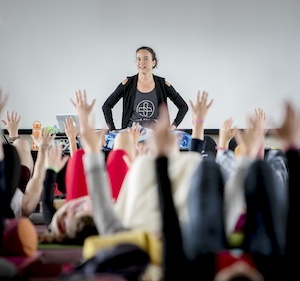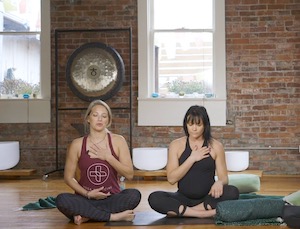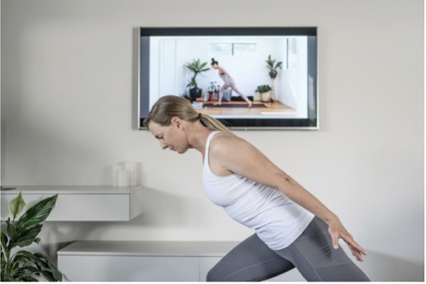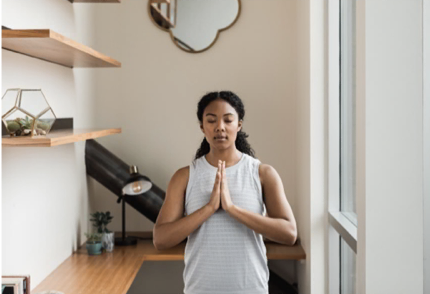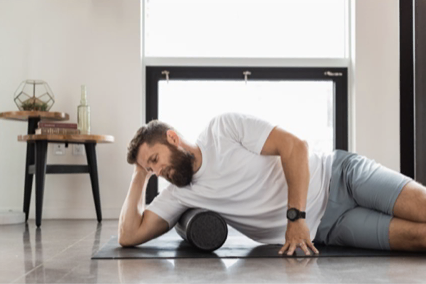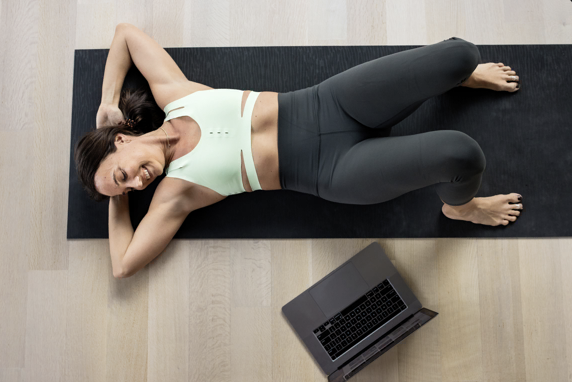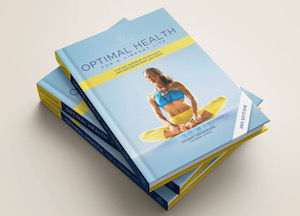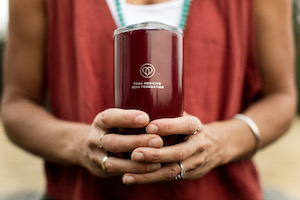Articles, In the Press, Resources, Share Your Story, Teacher Training, Yoga Medicine® News
How to Pack for Yoga Medicine Training
for Yoga Medicine shares some tips and tricks for making sure you have the right gear for your next Yoga Medicine training.

How to Pack for Yoga Medicine Training
Does this scenario sound familiar? You’re on your way to your next training. You have spent hours pondering, planning, and packing for this week-long yoga medicine training trip. You’ve spent money on new yoga clothes, traveling supplies and new shoes. You’re ready! You have everything you need… Then, you get to the training.
You begin to realize you need this item, or that item, and you have to go to the store to buy this, so it ends up costing you more money, and everyone else’s outfits are cuter and look comfier, and you are borrowing the retreat center’s pen, and you’re feeling dehydrated because you didn’t bring the right water bottle, and you keep dropping manuals and props, and you think, “How am I not prepared?”.
Some of you may not relate to this in the least bit. But if you’re like me, an over-thinker and an over-processor, this may be really helpful for you in getting ready for your next training! I’ve now been on five separate trainings with Yoga Medicine®. I’ve experienced cold weather, warm weather, and sticky, humid weather.
After my third training, tired of feeling unprepared, I started compiling a list of items I wish I had brought with me. And after my most recent training in Koh Samui, where I sweat gallons of water, got sick, and had to borrow the retreat center’s mat because I kept sliding on mine, I added on quite a few more items. Below you’ll get my view of the best items to bring with you to a training. Obviously, keep in mind the differing weather, and adjust accordingly to your specific training and needs. And if you tend to be more of a light-packer, cut everything in tenths. Here we go…
1. A really, really, really big suitcase and your own yoga mat.
This trip to Koh Samui, I decided I was going to pack “light”. Since the travel for me was 24-hours, I thought, “I’ll just do a carry-on bag, that way they can’t lose my bag.” That was the worst decision. My carry-on bag was so heavy that I ended up having to check it anyway. And because it was smaller, I didn’t pack as much as I would have liked to. And, because I didn’t bring a large suitcase, I had to carry my yoga mat through the airport. So, I decided to borrow a friend’s travel mat that I had never used before. Bad idea. It smelled, and I couldn’t practice on it because I was sliding off. I also caused quite the scene on the airplane. (Sorry, to the man I bumped in the head with my mat.) Just bring your own mat. And stick it in your large suitcase so you don’t have to carry it through the airport. Be sure to get travel insurance just in case your bag does get lost.

2. Props: Journal, 4 pens, 2 tennis balls, towel mat, light water bottle, travel mug, and a tote bag that you can use to-and-from class and lecture.
Journal: I have used the same journal now from the very beginning of my teacher-training journey, and am finally getting ready to invest in another one. It’s really nice to be able to look back at your notes from previous trainings and track your progress.
Pens: I always lose them, as I’m sure others do as well. Bring enough for yourself and everyone else in the training.
Yoga props: If you don’t know by now, you should always bring two tennis balls with you for myofascial release work. If you’re an overachiever, bring several to share with those that forget. In humid weather, a towel mat is helpful.
Drinking Containers: You have to drink so many fluids at these trainings, and often-times, mugs aren’t allowed in the Shala. Bring a light water bottle (easier for travel), and a travel mug (with a lid) so you can bring tea/coffee/juice into the Shala as well.
Tote Bag: It’s really convenient to have a little tote bag to carry back and forth with you. It can carry your manual, laptop, tablet, phone, tissues, cough drops, pens and any other necessities.
3. Your medicine cabinet.
I don’t know about you, but when I stress out, I get sick. Oftentimes, this comes with travel. You never know what’s going to happen, and often in these remote areas, it’s hard to get exactly what you need if you get sick. Below, I’ve included both holistic and Western options for medicine:
- Supplements: Oregano, Garlic, Vitamin C, Probiotics, Cranberry, Ginger
- Essential Oils
- Day and Nighttime Cold/Flu
- Anti-inflammatories
- Cough Drops
- Bug Spray, Suntan Lotion, Aloe Vera
- Eye drops, Ear Plugs, Eye Mask
- Any Feminine Care Products (Pads, Tampons, Infection cream)
- Antibiotics (If you feel this is the best route)
- Any medications/powders/supplements that you already takeI have had a really sick roommate of whom I was able to share my medicine with, as well as, been sick myself, and am very grateful to those that shared with me.
*Fun tip: If you tend to get stopped up when you travel, invest in Smooth Move tea. You can get it in-stores or online. Follow the directions and enjoy the results!
4. What to wear: 7-8 days of yoga outfits, 4-6 days of loungewear, 1 really cute outfit, and travel gear.
Yoga Outfits: I always think I won’t need as many clothes as I bring, but on these trainings, I usually end up using all of it. You can bring laundry soap and a sink stopper with you, but when you have break times, it’s best to spend that time recovering. There is practice every morning and depending on if you get sweaty, you may have to change your outfit right after. This is when the loungewear usually comes out to play.
Loungewear: I’ve noticed for warm weather places, loungewear looks like rompers, comfy shorts, dresses, tank tops and crop tops. For colder weather places, it’s usually sweatpants, sweatshirts, comfy socks and sweaters. Basically, bring your most “yoga-looking” outfits and you’ll fit right in.
Cute Outfit: The last night is usually a celebration or an outing night. This is when the dresses, jeans, or cute tops come out. The best decision is to wear something that is YOU.
Travel Gear: I’ve always found it’s best to be comfortable and dress in layers for the plane. This usually looks like sweatpants/leggings, top, sweatshirt, tennis-shoes, and warm socks. I often get cold on the plane and then hot in the airport. For long travel, bring a change of clothes.
*Fun tip: Wait to spend money on new yoga clothes until after the training. That way you can see what you like as it’s being modeled on your friends and training-mates. And, you’ll probably spend less because you’re broke from your training.

5. Yourself.
I’ve really changed from the beginning of my trainings to now. It’s been such a beautiful journey, but I remember feeling so insecure with who I was, who I fit in with,not being “popular” enough, and not being good enough on my first couple trainings. I have since then, become more confident, been through more life experience, and come into more of a place of contentment. My last two modules, I really felt a strong connection with my training-mates. We weren’t there to judge each other or ourselves. Instead, we were there to learn and build each other up within this community that so easily tears others down. I am so grateful for a community of yoga teachers who are eager to learn, eager to help, and eager to grow within the beautiful realm of yoga. Thank you, Tiffany for leading us on this incredible journey.
To my Yoga Medicine family. I love you all.
Cheers,
Leanna
Note from the Yoga Medicine® Team:
This is a suggested list to help you prepare. Always make sure to double check visa and passport requirements, your personal medications, and whatever else you need for traveling and yoga practice. Required and recommended items may change per training, so make sure to double check the information you receive after registration and contact info@yogamedicine.com if you have any questions.

